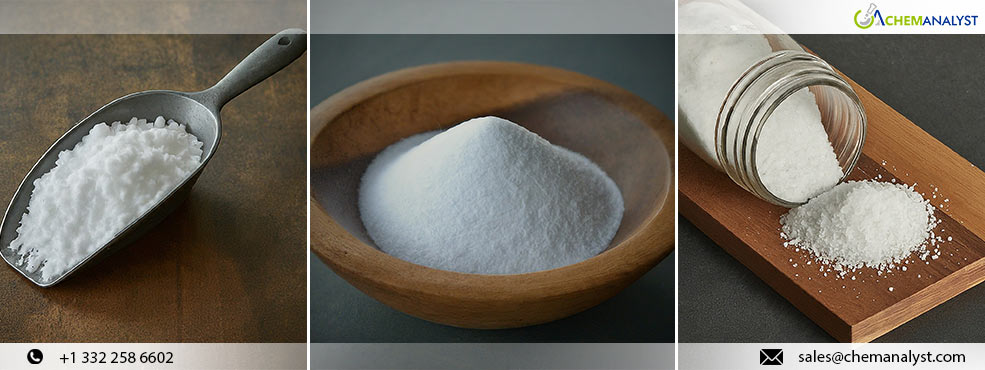Ammonium Chloride Prices Ease as Demand and Raw Material Prices Decline
- 08-Apr-2024 6:16 PM
- Journalist: Emilia Jackson
In March 2024, the Ammonium Chloride market sustained its decline across European and Asian markets, echoing the pattern observed in the previous month. This decrease is primarily ascribed to the diminishing costs of crucial raw materials, notably Ammonia and natural gas. The notable decrease in Ammonia prices has notably reduced production expenses, consequently driving down market prices for Ammonium Chloride. Additionally, a noteworthy decline in demand from major downstream fertilizer markets, coupled with diminished planting activities, has additionally contributed to the overall decline in prices. As planting activities diminish, the demand for fertilizers, including Ammonium Chloride, undergoes a corresponding reduction, thereby intensifying the downward pressure on market prices.
Throughout March 2024, the European market for Ammonium Chloride has sustained its downward trend, aligning with earlier observed patterns. Adverse weather conditions, particularly prevalent in northern areas, have further compounded the situation. Persistent heavy rainfall and unfavourable weather patterns have significantly disrupted agricultural operations, impacting the demand for fertilizers, including Ammonium Chloride. Consequently, there has been a noticeable decline in interest for fertilizer procurement. Moreover, farmers have proceeded cautiously, deferring their fertilizer purchases, including Ammonium Chloride, until the last moment, potentially skewing the actual demand dynamics. Nevertheless, it is important to note that manufacturing facilities in the region have sustained satisfactory operational capacities throughout this period.
Concurrently, the international market has witnessed a consistent influx of Ammonium Chloride shipments despite ongoing tensions in the Red Sea region. Traders have displayed resilience by adjusting to alternative transportation routes, primarily using road and air channels to maintain a steady supply of Ammonium Chloride. This adaptability has facilitated the uninterrupted flow of supply chains despite external disruptions. Insights gathered from various market participants indicate a notable surge in the volume of road transport between borders, particularly with the UK and Netherlands. As of March 11th, the total export of agricultural products via road during March fell within the range of 130,000 to 170,000 tons.
Likewise, the Chinese market for Ammonium Chloride witnessed a decline attributed to the diminishing prices of ammonia, which led to decreased production costs and subsequently, reduced product prices. Despite maintaining stable supply levels and adequate inventories, there was a decrease in daily production output in certain regions while an increase was observed in others. Suspensions in Chinese fertilizer exports led to subdued international demand, causing domestic inventory accumulation. While domestic fertilizer demand is on the rise ahead of the wheat planting season, the growth has been slower than anticipated, with minimal influence on Ammonium Chloride prices.
As per analysis conducted by ChemAnalyst, it is anticipated that the Ammonium Chloride market will experience a downward trajectory in the forthcoming months. This prognosis is chiefly attributed to the declining prices of feedstock and a decrease in seasonal demand.



